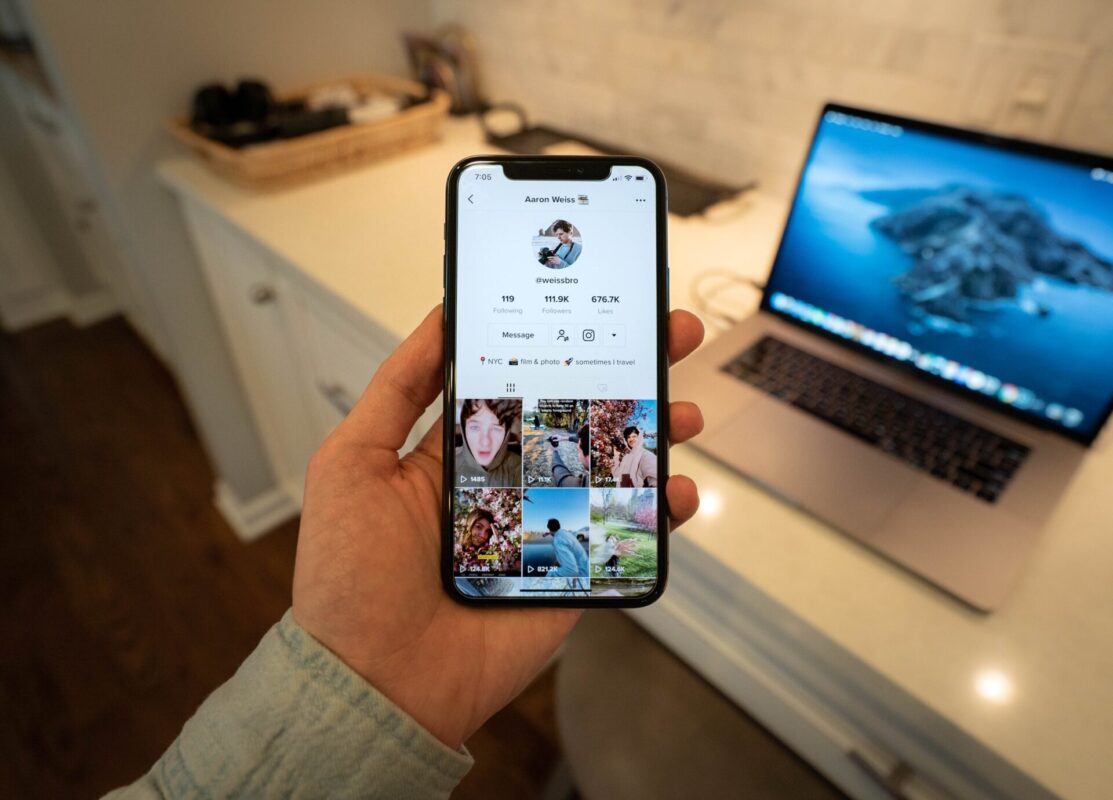A Guide to Securing Industrial Attachment in Kenya
by Alex · February 10, 2024

Industrial attachment in Kenya plays a pivotal role in the academic and professional journey of students across various institutions in Kenya, providing them with invaluable real-world experience and practical skills.
The industrial attachment process in Kenya is not without its challenges, often proving to be hectic and stressful for students seeking placement opportunities.
Many students encounter difficulties in finding suitable attachments, navigating through a competitive environment where demand often outweighs the available placements.
As a result, some individuals may end up securing attachments far from home, necessitating the additional burden of finding accommodation, which can be both tiresome and expensive.
Some of the frequently asked questions include:
- What is an industrial attachment and its significance in Kenya?
- How long is the industrial attachment?
- What documents do I need when applying for industrial attachment?
- Will I get paid during industrial attachment?
- Should I dress formally during industrial attachment?
- How do I apply for industrial attachment in Kenya online?

Requirements when applying for industrial attachment in Kenya
- A letter of recommendation from the educational institution.
- Cover letter expressing interest in the attachment opportunity.
- Curriculum vitae (CV)
- A copy of the National Identity Card.
- Insurance Cover (Personal Accident cover)
- Copies of academic transcripts.
- National Industrial Training Authority (NITA) form.
Recommended Dress Code for Industrial Attachment
It’s crucial to adhere to professional standards that reflect respect for the workplace environment.
Typically, the official dress code is considered appropriate for most industrial attachment placements.
It’s important to ensure that clothing is clean. Avoid overly casual clothing such as t-shirts, jeans, or sneakers, as these may not convey the level of professionalism expected in a workplace setting.
Where to Apply for Industrial Attachment in Kenya:
1. Utilize Online Job Portals: Explore online job portals and internship platforms that list industrial attachment opportunities in Kenya. Regularly check for new postings.
2. Networking: Leverage your personal and professional networks to inquire about industrial attachment opportunities. Reach out to alumni, family friends, or acquaintances who may have connections in industries or organizations of interest.
3. Government Cabinets and County Governments: Consider exploring attachment opportunities within government ministries or county governments.
Depending on your course of study, certain ministries may offer attachment placements relevant to your field. Visit ministry websites or contact their human resources departments to inquire about available opportunities.
4. Private Organizations/Companies: Many private companies in Kenya offer industrial attachment opportunities to students. Research prominent companies in your industry of interest and visit their career or recruitment pages for internship announcements.
Companies like KPLC, KRA, KenGen, Delmonte, Capwel, Bidco Africa, Equity Bank, Safaricom, Kenblest, Jetlak, Total Kenya, Kenya Airways, and Kenya Institute of Curriculum Development (KICD) are known to offer attachment opportunities, among others.
How to apply for Industrial attachment
1. Apply Online: Many institutions and companies offer online application portals for industrial attachment opportunities. Students can visit the institution’s official website or the company’s career page to search for available attachments and submit their applications online.
Alternatively, students can send an email directly to the company or industry expressing their interest in the attachment opportunity. Be sure to attach your cover letter, CV, and any other required documents to the email.
2. Print and Submit Forms: Some institutions may require students to print out application forms and submit them physically. While this method is less commonly used and may not guarantee a response, it’s still an option for students who prefer or are required to apply in person.
However, it’s important to note that response times may vary, and there’s a risk of not receiving a reply.
3. Visit Human Resources: Another method is to present yourself directly to the institution’s Human Resources department with all the required documents for a brief interview.
This proactive approach often yields immediate responses and allows students to make a personal connection with the hiring team. By showcasing your enthusiasm and readiness for the attachment, you increase your chances of securing the opportunity.
The Industrial Attachment Period
During the attachment period, students are typically required to fill out a daily report form, documenting their activities and progress in the industry. This helps supervisors and instructors monitor students’ performance and provide feedback as needed.
Additionally, after approximately one month into the attachment, a supervising lecturer may visit students to assess their progress firsthand.
It’s important to note that while some private institutions may pay students for industrial attachment, cabinet sectors and other government institutions typically do not provide payment.
Therefore, students should consider the financial implications when choosing attachment placements.
Finally, after completing the industrial attachment, students are often required to write a report summarizing their experiences, learnings, and contributions during the attachment period.
This report serves as a reflection of the student’s growth and development throughout the attachment and may be used for assessment purposes.
How To Maximise Learning Experience during the Industrial Attachment
Firstly, having well-defined goals provides direction and focus throughout the attachment, helping students identify what they hope to accomplish and guiding their efforts accordingly. These goals also serve as motivational factors, increasing engagement and commitment to tasks.
By setting measurable objectives, students can track their progress and measure their success, identifying areas for improvement and making necessary adjustments along the way.
Furthermore, setting goals related to specific skills or competencies allows students to focus on areas of professional development relevant to their career aspirations, providing a framework for growth and skill enhancement.
Actively participating in tasks, seeking feedback, and continuously learning are integral aspects of the attachment experience.
Actively engaging in assigned tasks allows students to develop practical skills and gain hands-on experience relevant to their field of study. Seeking feedback from supervisors and colleagues helps identify areas for improvement and refine skills over time, contributing to professional growth.
Additionally, embracing opportunities for continuous learning through new challenges, and learning opportunities, and staying curious enhances credibility and reputation within the organization, demonstrating commitment to personal and professional development.
Conclusion
Securing an industrial attachment in Kenya is not merely a requirement but an opportunity for students to gain valuable real-world experience, expand their networks, and refine their skills.







